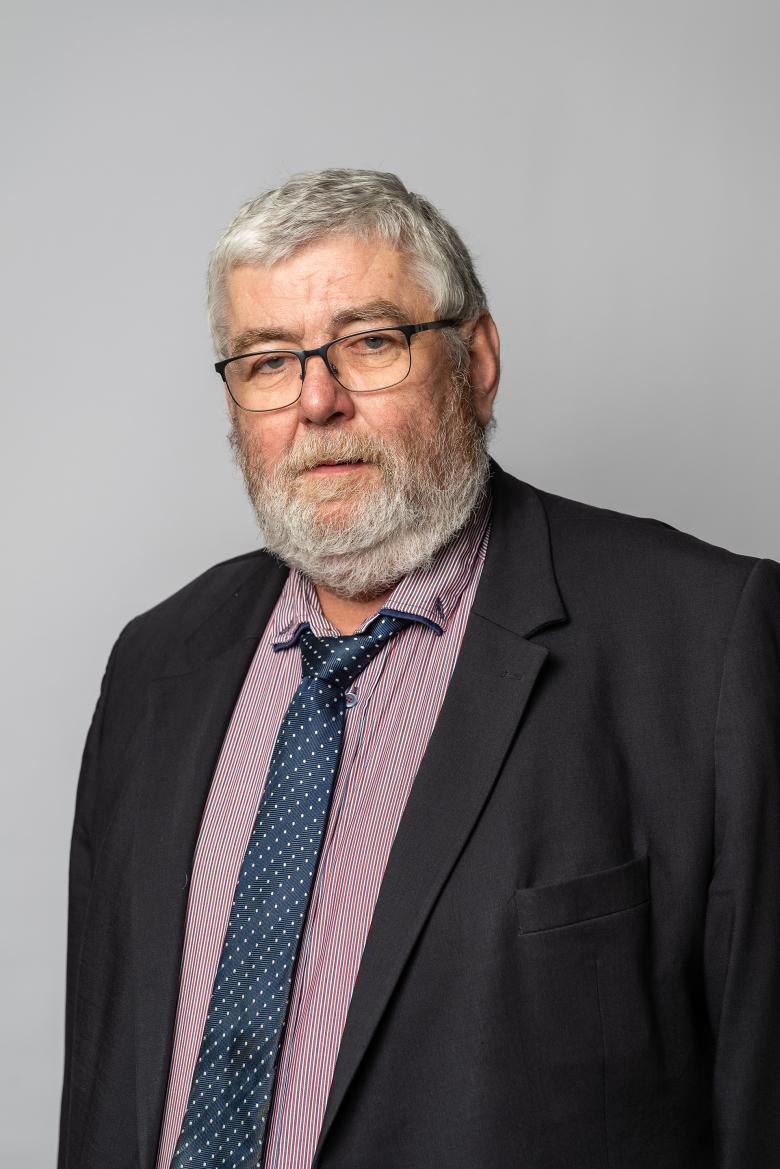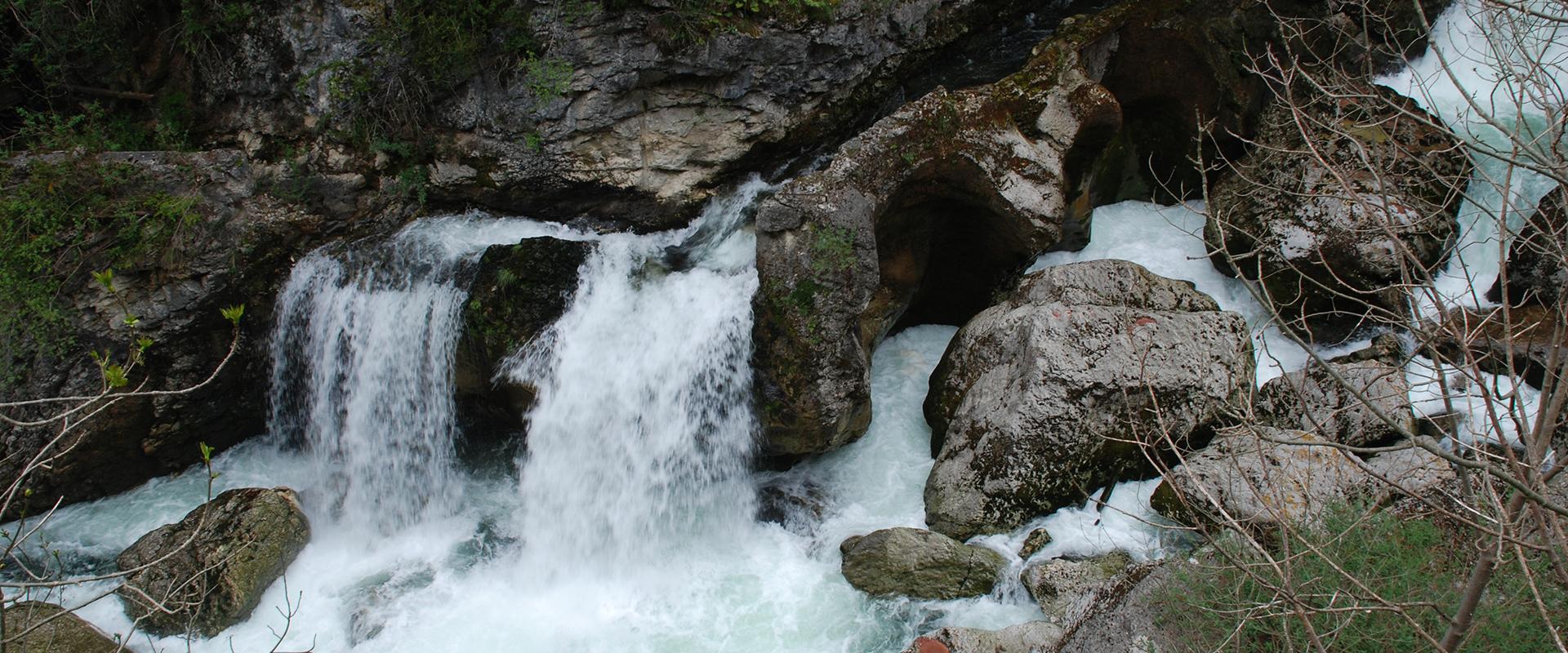
Nicolas Juillet, Vice-President of France Eau Publique, President of the SDDEA (Syndicat Départemental des Eaux de l'Aube).
© France Eau Publique
Interview of Nicolas Juillet, Vice-President of France Eau Publique, President of the SDDEA (Syndicat Départemental des Eaux de l'Aube).
How would you sum up the current water issues for a water-distribution authority like yours?
Nicolas Juillet: The SDDEA is 80 years old and moved to another level in 2015 when it went from providing technical assistance and advice to being an operator across the entire département. Indeed, since the promulgation of the NOTRe Act on drinking water, sanitation, rainwater and the management of aquatic environments and flood prevention (GEMAPI), all the municipal syndicates were disbanded and consolidated, and in the Aube the responsibility was transferred to the SDDEA, which manages water distribution for the whole region.
The stakes are high. For example, the Aube département has 300,000 inhabitants, and to supply them with water there are no fewer than 200 catchment points. Since it is impossible to study 200 catchment areas we need a more precise and rational method
In addition, climate change is affecting our region, as evidenced by the pressure on the resource during peak water consumption at harvest time. Its impact is starting to stretch all our capabilities to their limits, and we need to model it. It is a question of major investments in the long term, with a “Strategy 2100” to ensure that the water infrastructures are sustainable, as well as resolving practical technical problems of interconnection and development of infrastructures within a sustainable, well-designed framework.
Why did you choose BRGM?
N.J.: Under these circumstances, we have to plan ahead: What is the projected level of abstraction? Which investments should be made in this context? How can we improve water quality given the transporting of emerging pollutants?
In this context, we already have long-standing exchanges with BRGM. A turning point was reached three years ago in the context of climate change, when it became a key partner. In a way, the syndicate has become a BRGM 'field laboratory'. Furthermore, BRGM’s expertise in groundwater is essential for dealing with water in all its dimensions, at all scales.
In practical terms, what work is involved and what are the results?
N.J.: Ten drinking water supply systems are being established in the department depending on the geology of the ground. BRGM is working on models for forecasting the water table over time with assumptions about different climate change scenarios. This is done by locally adapting the global models at its disposal. In addition, it attempts to answer key questions, such as “what surface facilities will we need?” “In which agricultural département?” “How can we store or channel water instead of getting rid of it?”
BRGM must propose concrete and sustainable solutions. At this stage, we are fully satisfied with the first elements of this partnership, with a progress report to come and projected developments between now and 2026. The results of our work will be shared with our partners, particularly the Chamber of Agriculture.







